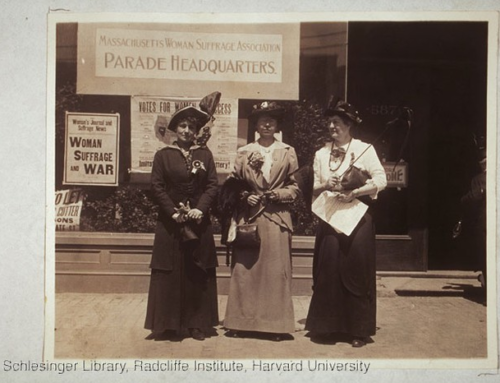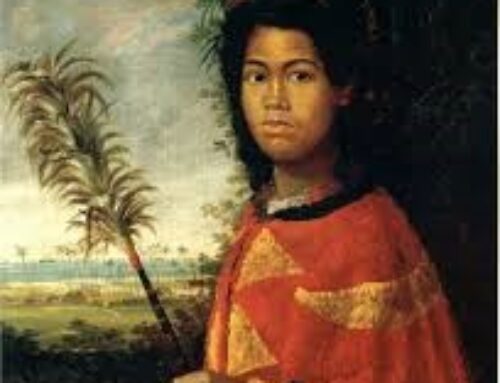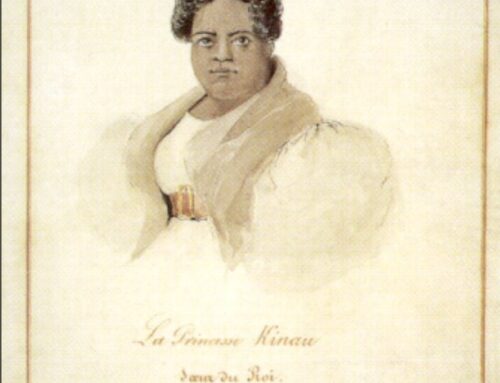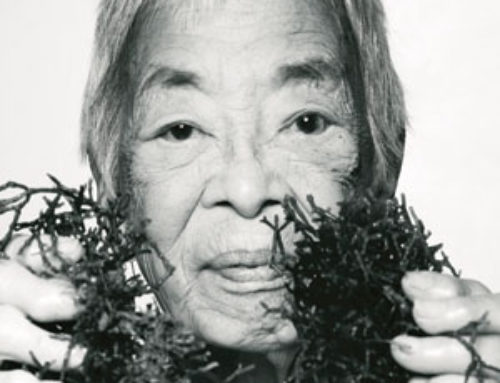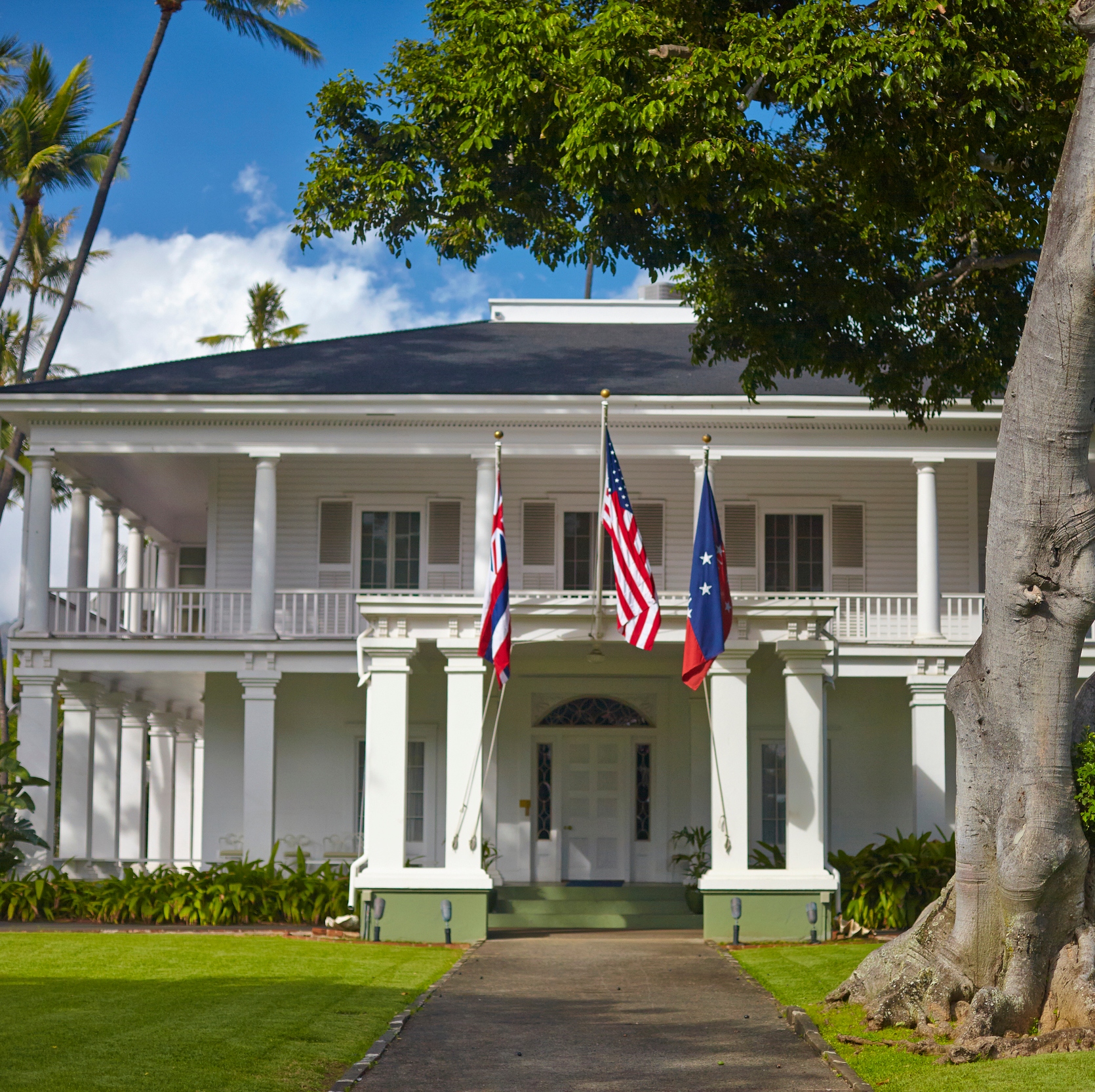
Where Women Made History Campaign by the National Trust for Historic Preservation
Campaign description re-posted from the National Trust’s website: This year the United States commemorates the 100th anniversary of women gaining the right to vote, providing an important opportunity to celebrate the place of women in American history. While history, of course, is complicated, and voting rights for many women continued to be denied because of discriminatory practices, we at the National Trust want to tell the full history—to uncover and uplift women across the centuries whose vision, passion, and determination have shaped the country we are today. Our goal: discover 1,000 places connected to women’s history, and elevate their stories for everyone to learn and celebrate.
But to do this, we need your help. What places have you encountered where women made history? They can be famous or unknown, protected or threatened, existing or lost. No matter their condition or status, these places matter, and we encourage you to share them with the world.
Have a place you’d like to share? Submit a photo and a short description below. Thank you for helping us tell the full American story!
Submit Your Place
Send us a photograph and a short description of a place where a woman made history by clicking “Submit Your Entry” and filling out the form. Where possible, please include the name of the place in the “Title” field.
You can submit a picture (historical or current) of the place itself, or a picture of the woman associated with it. Be sure to upload a JPEG or PNG file (and read the guidelines and photo permissions and rights granted before you do).
We are reviewing all entries before they’re posted on our site, so it may take a business day for your entry to appear online.
Questions? Email webwork@savingplaces.org for help.
Photo: Washington Place. Queen Lili‘uokalani (1838 to 1917) was the last reigning monarch of the Kingdom of Hawai‘i. Her personal home, Washington Place, is a National Historic Landmark and later became the executive mansion for the governors. It is now a museum and site for events of state.

